MQTT
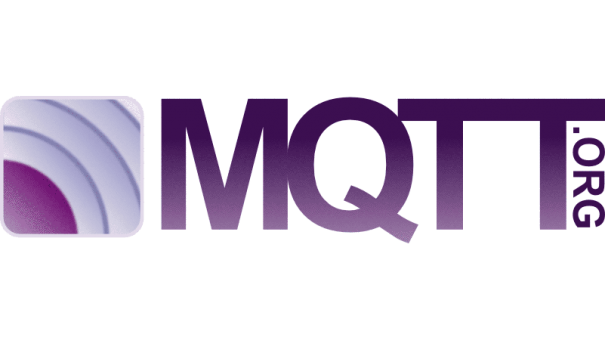
MQTT (Message Queue Telemetry Transport) is a lightweight protocol for sending simple data flows from sensors to applications and middleware.
The protocol functions on top of TCP/IP and includes three components: subscriber, publisher and broker. The publisher collects data and sends it to subscribers. The broker tests publishers and subscribers, checking their authorization and ensuring security.
MQTT suits small, cheap, low-memory and low-power devices.
DDS
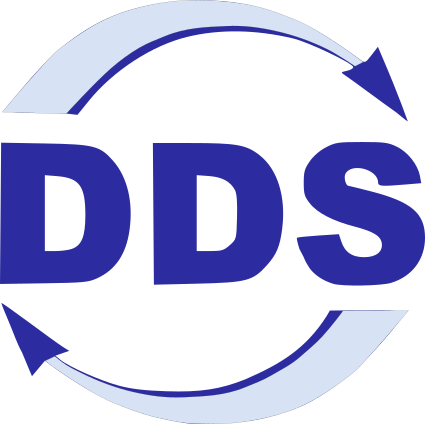
DDS (Data Distribution Service) is an IoT standard for real-time, scalable and high-performance machine-to-machine communication. It was developed by the Object Management Group (OMG).
You can deploy DDS both in low-footprint devices and in the cloud.
The DDS standard has two main layers:
- Data-Centric Publish-Subscribe (DCPS), which delivers the information to subscribers
- Data-Local Reconstruction Layer (DLRL), which provides an interface to DCPS functionalities
AMQP

AMQP (Advanced Message Queuing Protocol) is an application layer protocol for message-oriented middleware environments. It is approved as an international standard.
The processing chain of the protocol includes three components that follow certain rules.
- Exchange — gets messages and puts them in the queues
- Message queue — stores messages until they can be safely processed by the client app
- Binding — states the relationship between the first and the second components
Bluetooth
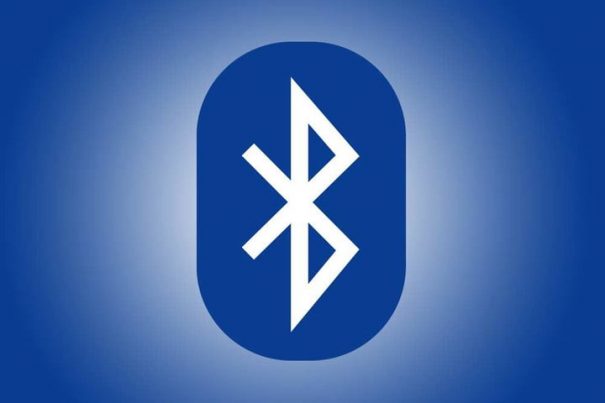
Bluetooth is a short-range communications technology integrated into most smartphones and mobile devices, which is a major advantage for personal products, particularly wearables.
Bluetooth is well-known to mobile users. But not long ago, the new significant protocol for IoT apps appeared — Bluetooth Low-Energy (BLE), or Bluetooth Smart. This technology is a real foundation for the IoT, as it is scalable and flexible to all market innovations. Moreover, it is designed to reduce power consumption.
- Standard: Bluetooth 4.2
- Frequency: 2.4GHz
- Range: 50-150m (Smart/BLE)
- Data Rates: 1Mbps (Smart/BLE)
Zigbee
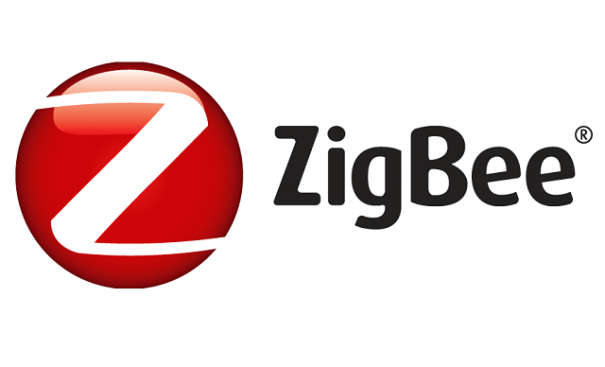
ZigBee 3.0 is a low-power, low data-rate wireless network used mostly in industrial settings.
The Zigbee Alliance even created the universal language for the Internet of Things — Dotdot — which makes it possible for smart objects to work securely on any network and seamlessly understand each other.
- Standard: ZigBee 3.0 based on IEEE802.15.4
- Frequency: 2.4GHz
- Range: 10-100m
- Data Rates: 250kbps
WiFi
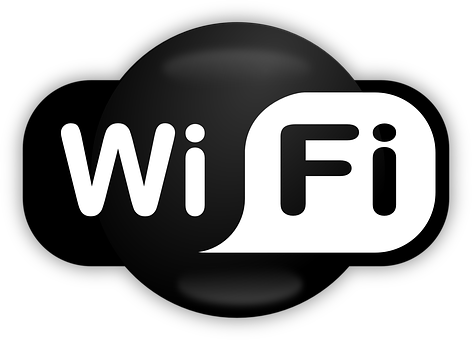
Wi-Fi is the technology for radio wireless networking of devices. It offers fast data transfer and is able to process large amounts of data.
This is the most popular type of connectivity in LAN environments.
- Standard: Based on IEEE 802.11
- Frequencies: 2.4GHz and 5GHz bands
- Range: Approximately 50m
- Data Rates: 150-200Mbps, 600 Mbps maximum
Cellular LTE & NbioT
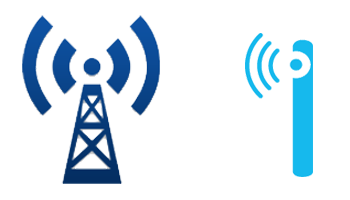
Cellular technology is the basis of mobile phone networks. But it is also suitable for the IoT apps that need functioning over longer distances. They can take advantage of cellular communication capabilities such as GSM, 3G, 4G (and 5G soon).
The technology is able to transfer high quantities of data, but the power consumption and the expenses are high too. Thus, it can be a perfect solution for projects that send small amounts of information.
- Standard: GSM/GPRS/EDGE (2G), UMTS/HSPA (3G), LTE (4G)
- Frequencies: 900/1800/1900/2100MHz
- Range: 35km (GSM); 200km (HSPA)
- Data Rates: 35-170kps (GPRS), 120-384kbps (EDGE), 384Kbps-2Mbps (UMTS), 600kbps-10Mbps (HSPA), 3-10Mbps (LTE)
LoRaWAN

LoRaWAN (Long Range Wide Area Network) is a protocol for wide area networks. It is designed to support huge networks (e.g. smart cities) with millions of low-power devices.
LoRaWAN can provide low-cost mobile and secure bidirectional communication in various industries.
- Standard: LoRaWAN
- Frequency: Various
- Range: 2-5km (urban area), 15km (suburban area)
- Data Rates: 0.3-50 kbps
Conclusion
The Internet of Thing has become the basis of digital transformation and automation, developing new business offerings and improving the way we live, work and entertain ourselves.
Choosing the appropriate type of connectivity is an inevitable part of any IoT project. This article gives you a general idea of how to link your smart thing to the net. If you want to make a precise IoT protocols comparison or need professional help in other IT services, request consultation with a SaM Solutions’ specialist. For 25 years, we have been providing IT consulting and custom software engineering services to our clients, and have versatile experience in different areas.


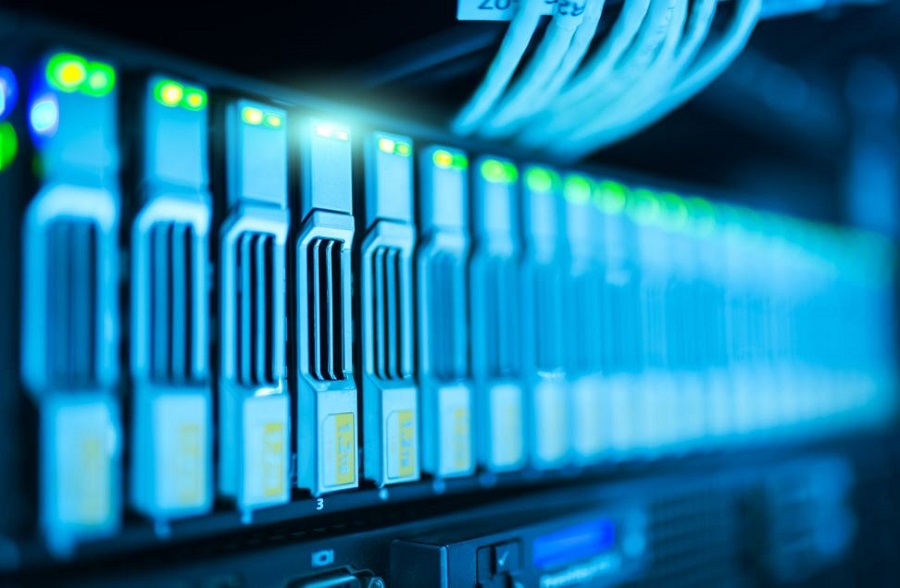
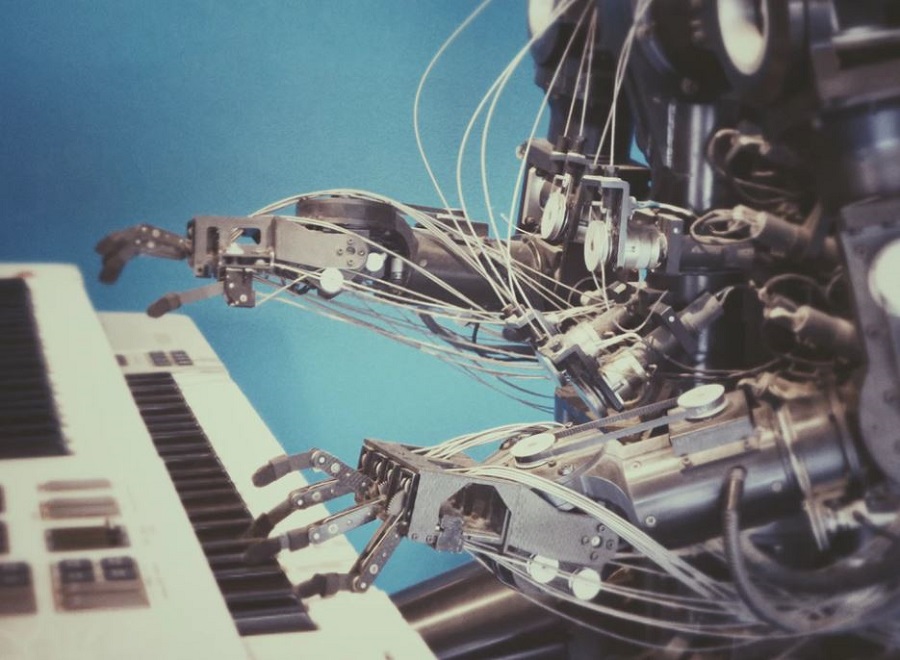
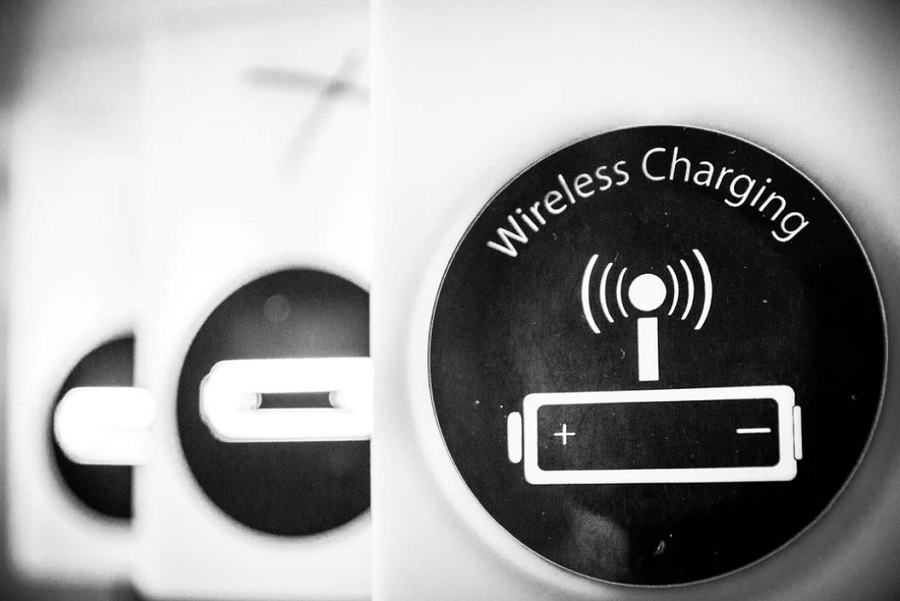
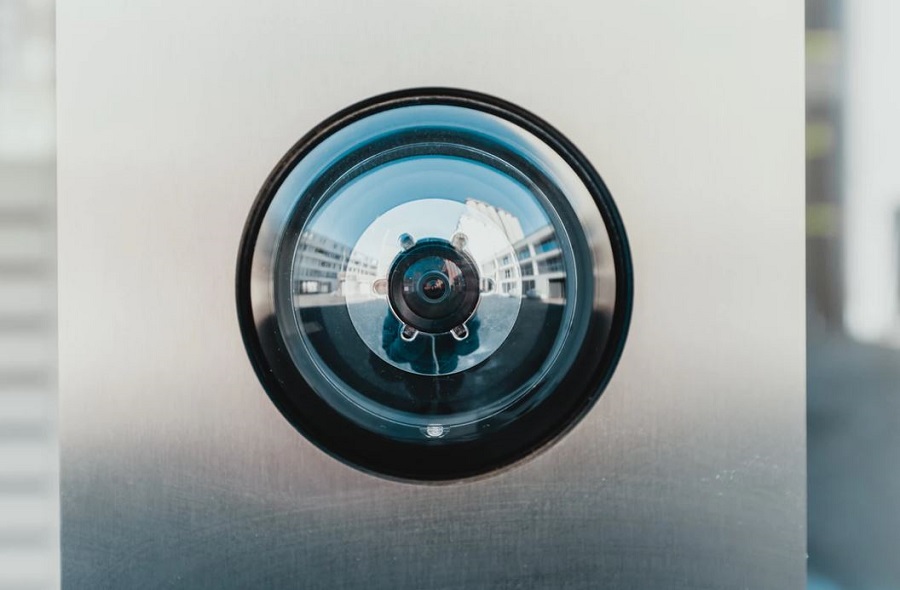
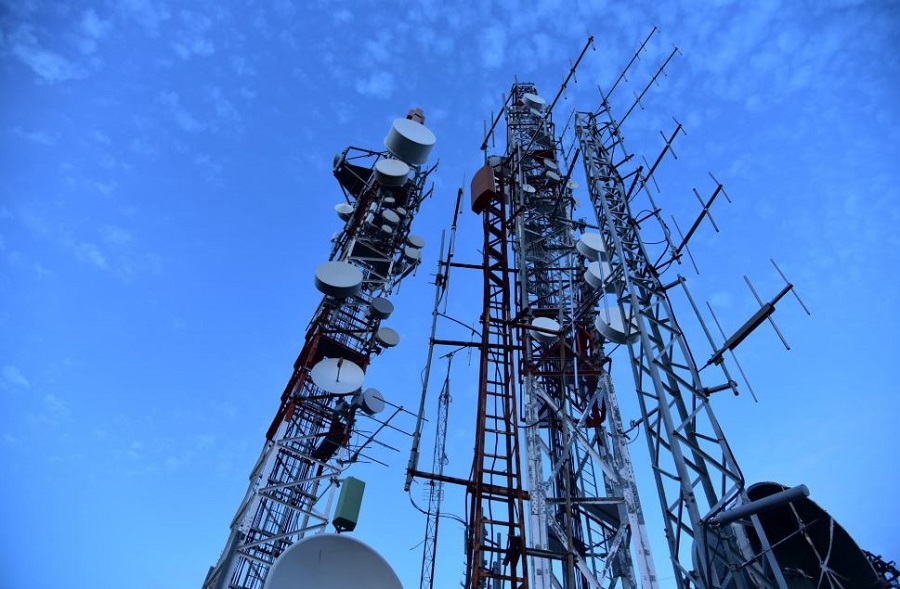
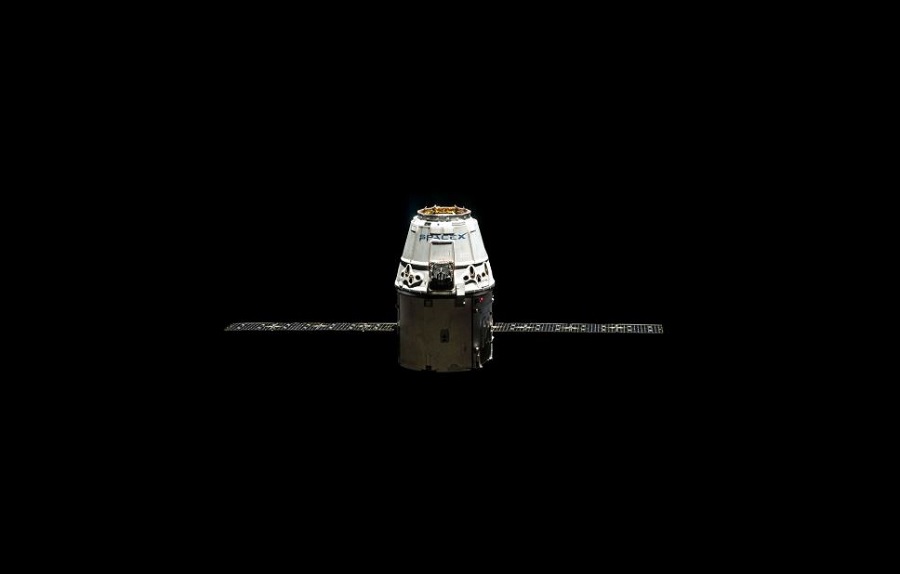
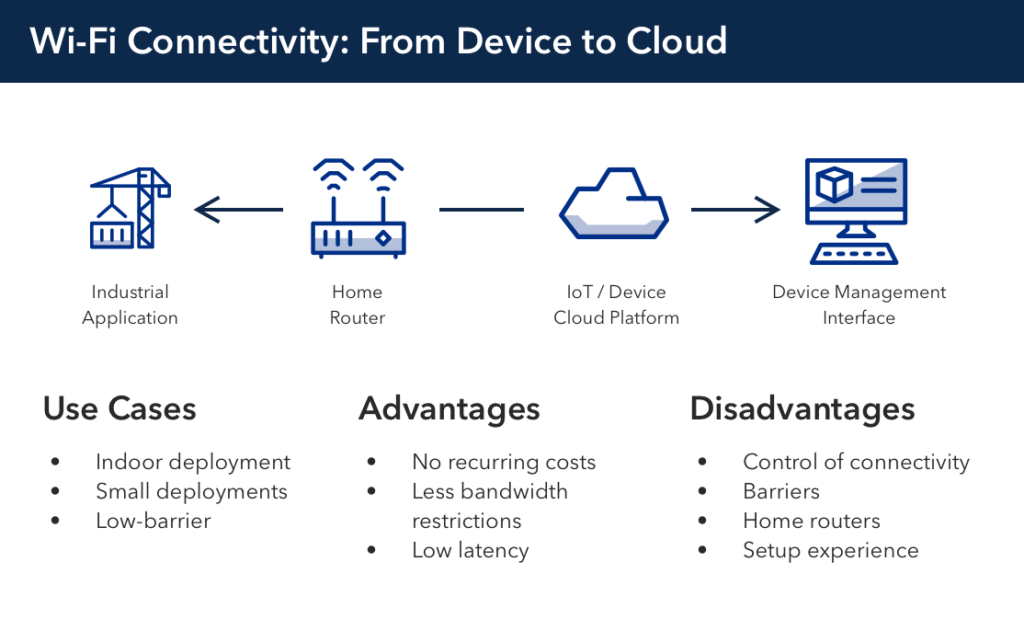
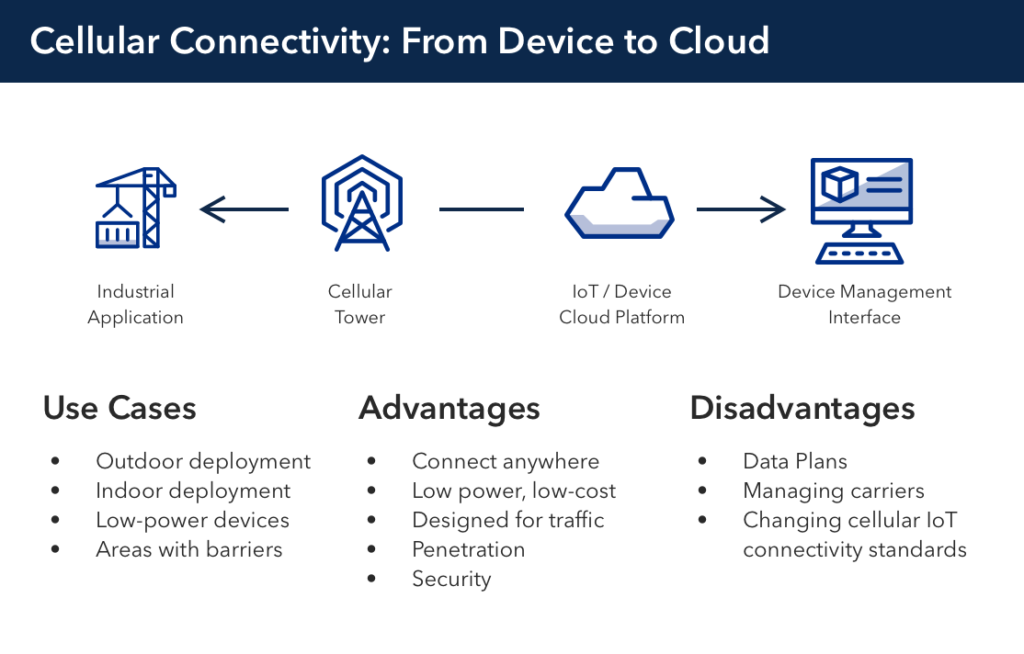


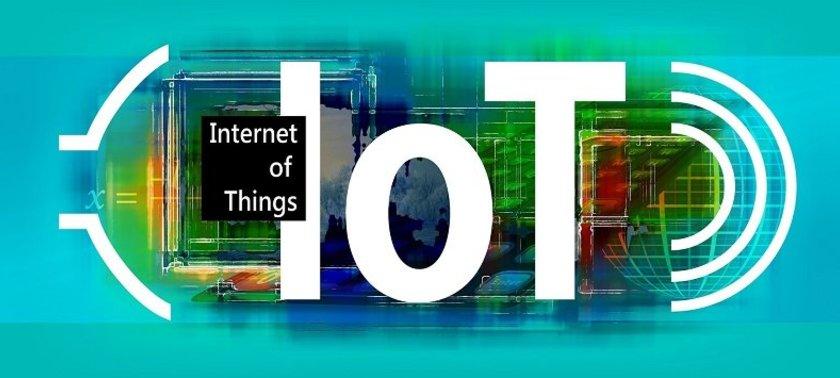

Commentaires récents